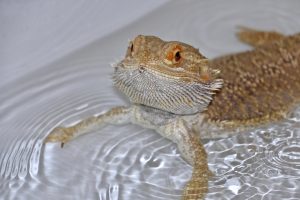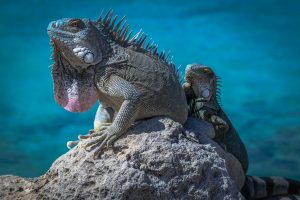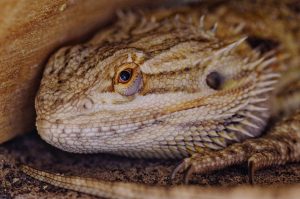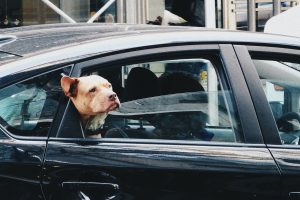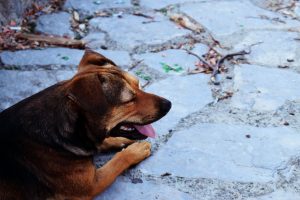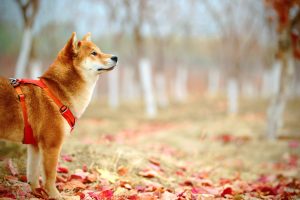In the early years of space race between USA and Soviet Union , many scientists theorized that physical body couldn’t survive long periods within the harsh space environment. to watch and calculate influence of weightlessness and space radiation, both of these countries started launching flights that carried live animals – mostly monkeys, chimps and dogs. While USA focused its efforts mainly on short-term monkey test flights, Soviet Union’s testing with monkeys came 20 years later, where they tested long-term space influence on flights that lasted between 5 and 14 days.
First monkey astronaut that was launched toward the space was small rhesus named Albert I. On June 11, 1948, he reached the altitude of 39 miles, but sadly, he suffocated during the flight. His successor, Albert II managed to enter the space on the altitude of 83 miles, but he died during impact. During the first 1950s, several more flights we made, all using the modified German WW2 V2 and specialized Aerobee rockets. All missions of monkeys Albert III-VI received some kind of malfunction that ended with the death of their passengers. Only the Albert VI managed to survive the landing, but even he died from overheating while he waited for the party to succeed in his capsule.
Introduction of the new class of Jupiter rockets in 1958 brought the new wave of animal testing. one among the foremost successful flights from that point was 1959 mission that successfully returned monkeys Able and Miss Baker from the space. Their flight attained the altitude of 300miles, and within the following years, media and USA scientists heavily promoted this mission as great success. Although monkey Able died during the scheduled post-mission surgery, Miss Baker continued to measure for subsequent 24 years until she died from renal failure in 1984.
With the approaching arrival of the primary human space mission, NASA scientist begun testing several crucial parts of their launching and landing equipment. For that purposes, two monkeys (Sam and Miss Sam) flew on missions to check the landing parachute systems and LES (launch escape system). Final preparation flight for Shepard happened on January 31, 1961, when first chimpanzee called HAM visited space aboard the Mercury Redstone rocket. During his 16-minute flight, Ham reached the altitude of 157 miles and experienced over 6 minutes of weightlessness. After the successful mission of Alan B. Shepard, Jr., on May 5, 1961, another chimp was launched to the space. Enos orbited the world twice on November 29, 1961, then successfully landed within the Ocean.
Two smaller space programs involved monkeys during the top of 1960s. Two French monkeys managed to succeed in the altitude of around 150 miles before returning successfully to Earth. Argentina had less luck. one among their monkeys survived flight to the peak of 60km, but the opposite one died when his undercarriage malfunctioned.
More than 20 years later, Soviet Union used 12 monkeys on their “Bion” program . Their experiments were focused more for long-term exposure of space environment. From 1983 to 1996, twelve squirrel monkeys were sent into space – Biosatellite 3 with Abrek and Bion, Bion 7 with Verny and Gordy, Bion 8 with Yerosha andDryoma, Bion 9 with Zhakonya and Zabiyaka, Bion 10 with Krosh and Ivasha, and finalyBion 11 withLapik and Multik. Of all those monkeys, only Multik died during the scheduled post-landing operation.

